WILD PASSION FRUIT
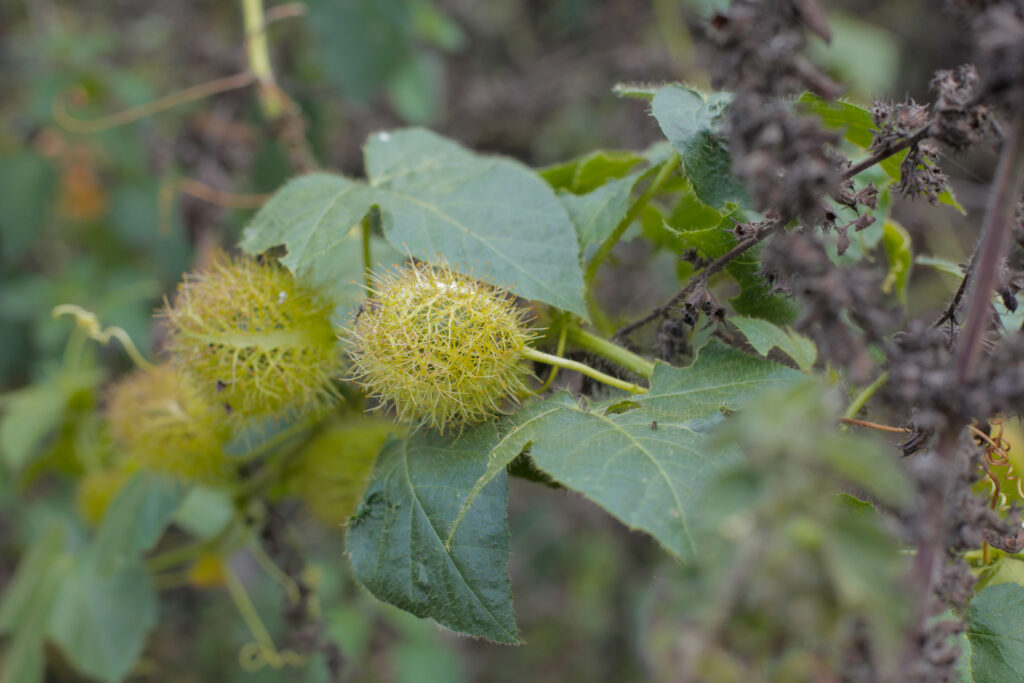
.It is one of the indigenous plants that grows naturally on its own. In appearance, it is quite different due
to its unique characteristics.
Wild passion fruit prefers to grow in areas with a lot of thorns or where there’s an accumulation of leaves.
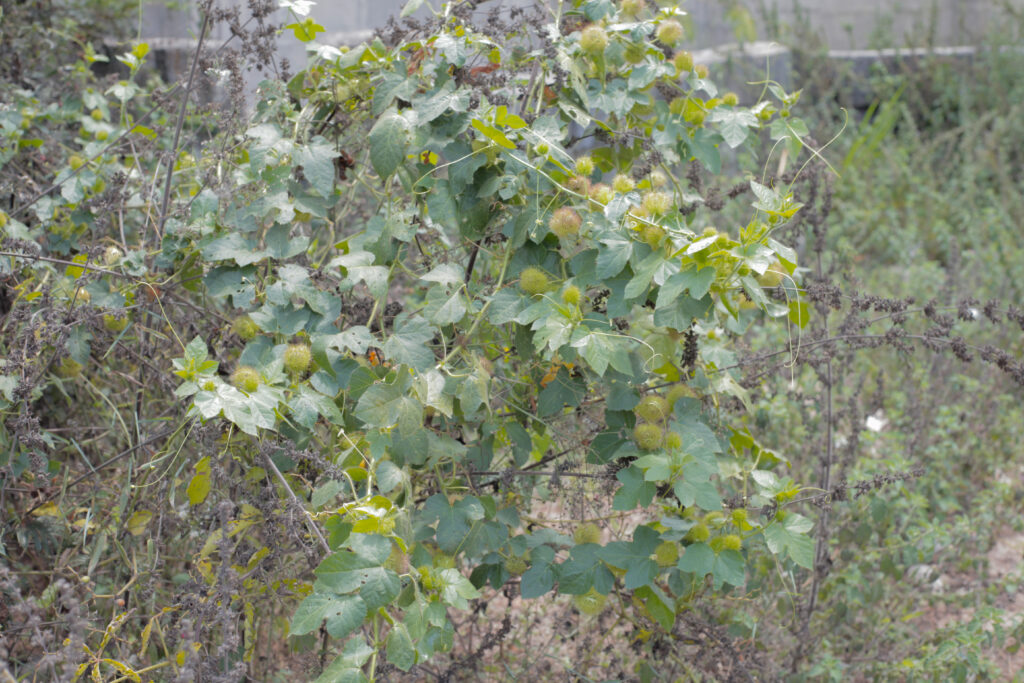
Usually, this plant takes about 9 to 25 days to germinate after its seeds are placed in fertile soil, especially one that is moist (but not waterlogged). It also depends on a temperature range of 19–28°C.
.common name
known as fruit passion flower
.scientific name
known as Passiflora (Passifloraceae)
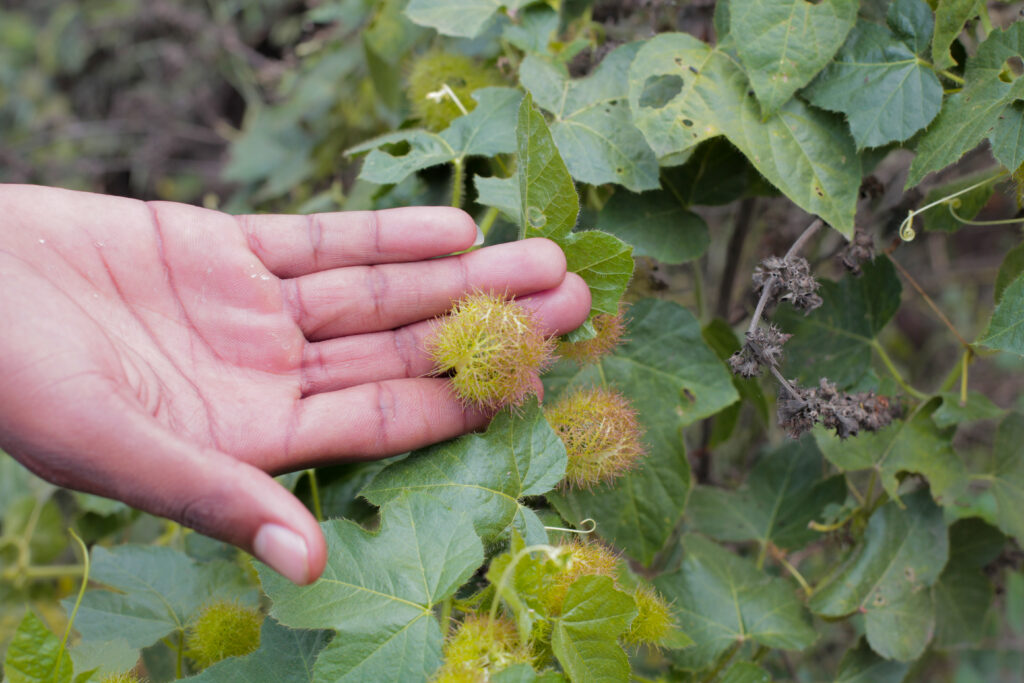
ORIGIN OF WILD PASSION FRUIT
- South America is its place of origin, specifically Paraguay.
- Later on, some people appreciated the beauty of this plant, and others began using it for medicinal purposes. This led to its spread to other continents such as North America and Africa.
- Countries like Mexico and Brazil are now places where this plant thrives abundantly.
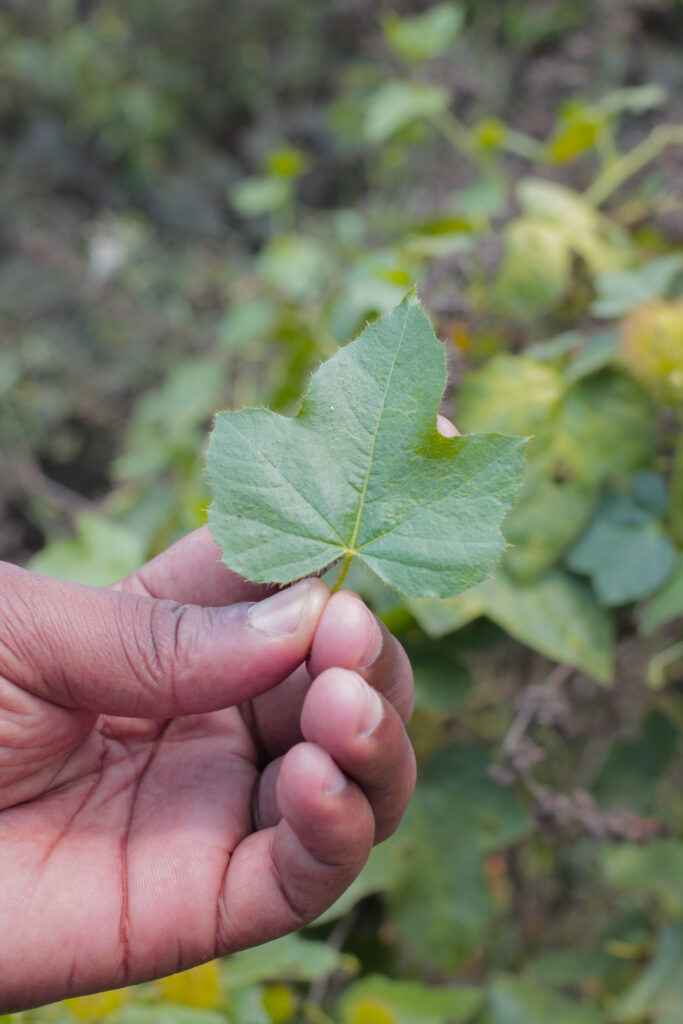
In Africa, countries such as South Africa, Zambia, Ghana, Tanzania, Uganda, Kenya, and Mozambique are places where passion fruit is commonly found, especially during the rainy season.
SOME CHARACTERISTICS OF WILD PASSION FRUIT
- The fruit is initially green in color, but as it matures, it turns yellow.
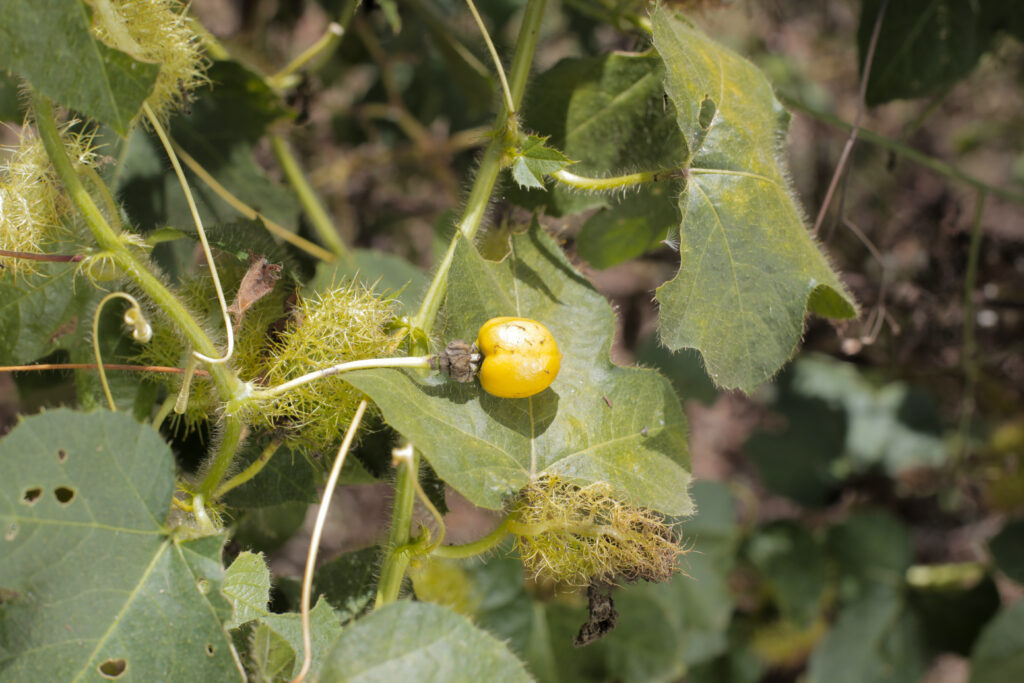
fruits ripen in warm and sunny seasons.
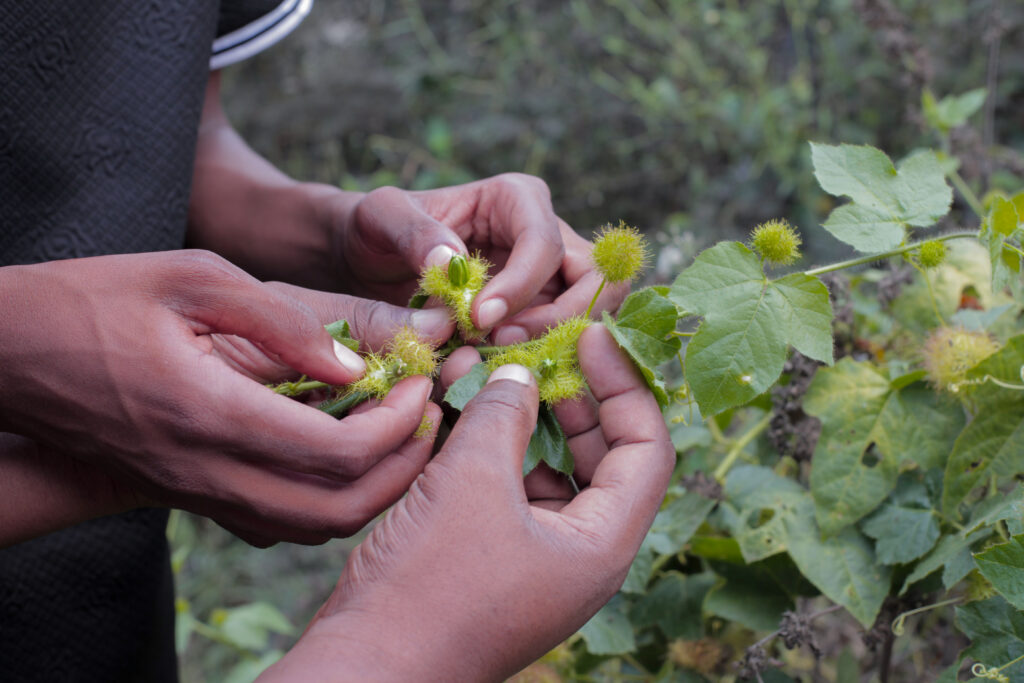
.when unripe, green color
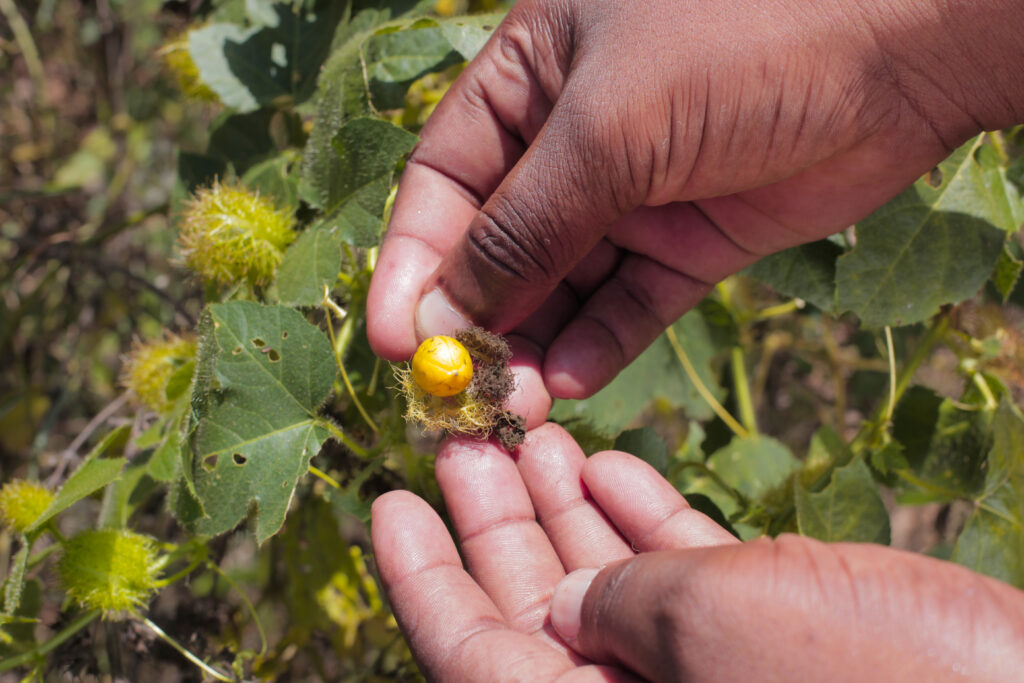
.when ripe yellow in color
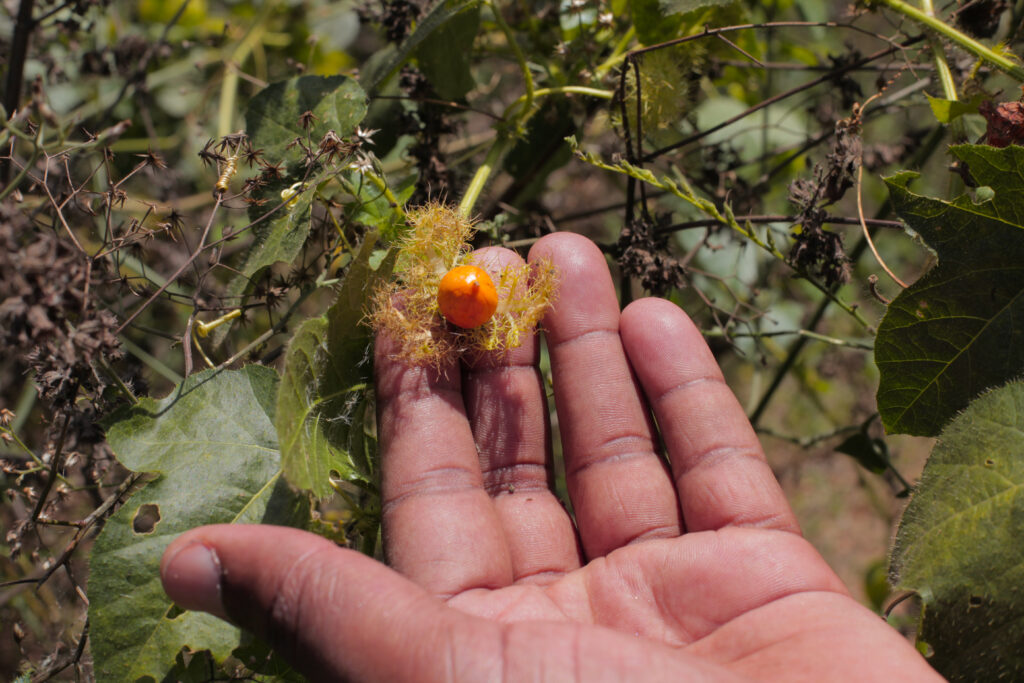
2. Its fruits are usually ready to ripen 60 to 70 days after the flowers bloom.
3.The fruit has a spiny outer shell.
4.This plant is very drought-tolerant.
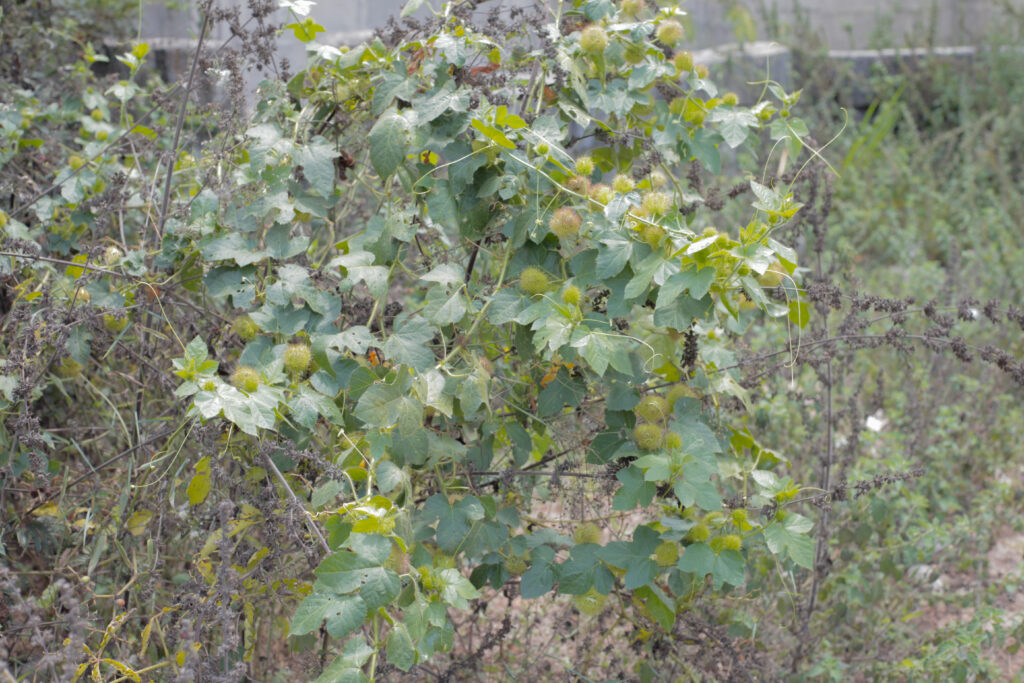
GROWTH IN DIFFERENT PARTS OF THE WORLD
| Continent | Growth | Description |
| South America | Native origin | Mostly found in large quantities |
| Europe | Grows in small amounts | Due to cold climates, it doesn’t thrive well |
| Africa | Grows and thrives well | Most African environments favor its growth |
| Asia | Grows and thrives well | The climate is suitable for it |
SOME TRADITIONAL USE WILD PASSION FRUIT IN :-
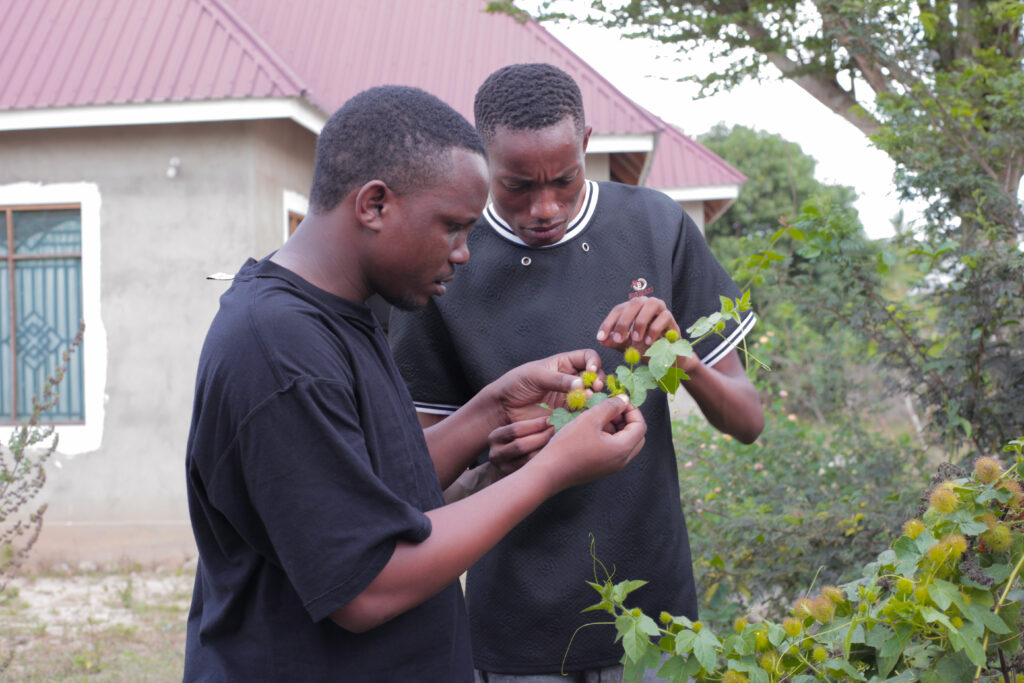
Experts in both Africa and South America like to use this plant for medicinal purposes, including its leaves, roots, and fruits.
Here are some traditional medicinal uses based on its leaves:
- The Maasai and Sukuma communities in Tanzania use the leaves to treat fever or high body temperature, as well as dry throat.
- The leaves are boiled, strained, and drunk warm like tea.
Many communities across Africa also use the leaves to treat wounds. The leaves are pounded into a soft paste and applied directly to the wound or sore.
Its roots are commonly used to treat skin conditions such as rashes and acne. The roots are boiled into a soup and drunk while still warm.
The roots are particularly used in South African and Mozambican communities. The boiled root is known to be very potent and is also used to treat intestinal worms.
In Summary:
This plant is very useful and is known to treat ailments such as:
- Coughs
- Insect bites
- Stomach aches
- Insomnia
It is considered one of the most important medicinal plants in many African communities.
CAUTION:
- Traditional medicines can be very strong, so it is important to use them following proper instructions.
- Pregnant women should not use this plant — not its roots, fruits, or leaves.
- The unripe fruit contains mild toxins, and should not be consumed until it is fully ripe.
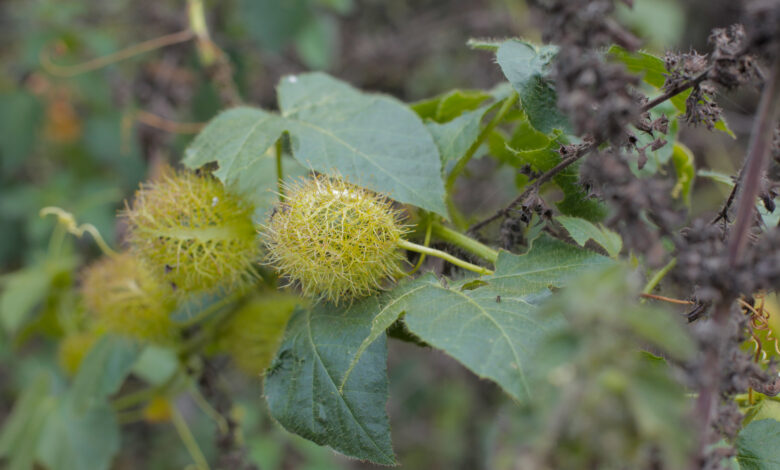
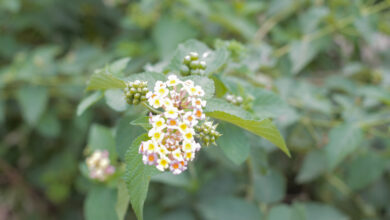
hay temos news i proud
Wild passion fruit i like it’s fruit
Good medicine, I know I used it.